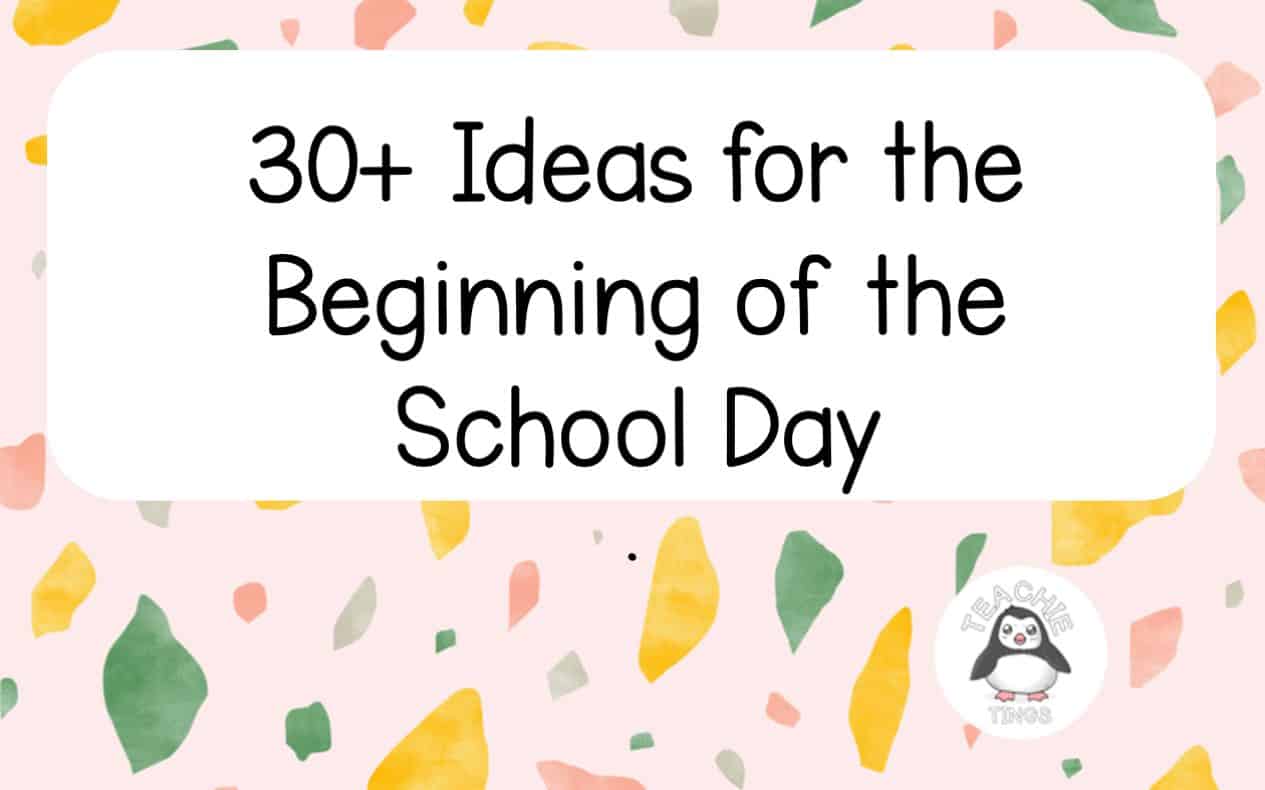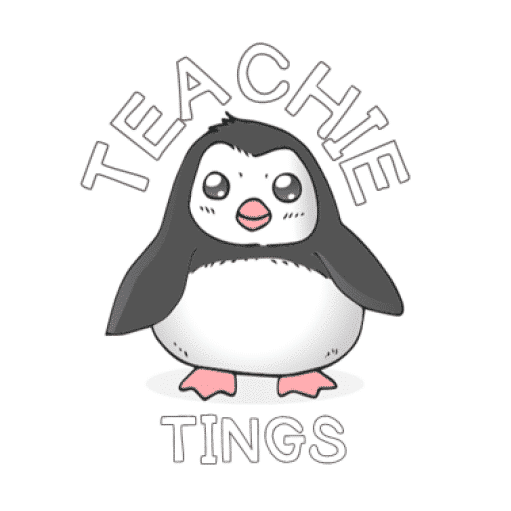
30+ Ideas for the beginning of the school day Do you need some ideas for the beginning of the school day? One of the best routines that you can establish to create certainty and calm at the beginning of the school day, is a strong morning routine. Not only is this great for students, […]
